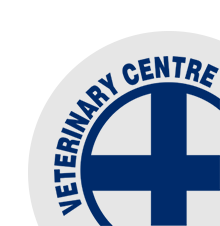Milk Urea Nitrogen
/Milk Urea Nitrogen (MUN), provides an indication of dietary crude protein status in a herd. MUN is a by-product of microbial protein/nitrogen breakdown in the rumen. Where there is surplus in dietary crude protein, milk urea will rise. A deficiency will result in a fall in MUN. It is generally considered MUN levels above 15-19mg/dL indicate dietary protein is not limiting for milk production. Above 25-30mg/dL there is a surplus (which will load up nitrogen in the urine).
It is considered in herds where there is no deficit in energy but a restriction in protein, cow production may suffer but weight gain can occur. The exception to this rule will be cows that are genetically programmed to make milk ‘at all cost’ (e.g. overseas Holstein type breeds). These cows will mobilise muscle tissue to support milk production which adversely affects reproduction.
Before the introduction of the 190 Nitrogen cap, we sometimes saw these MUN levels drop below 15mg/dL towards the end of the first grazing round, but then sharply increase as cows enter lusher second round grass that had significant urea application.
This season the average MUN figures to date look like they have fallen further again in a lot of farms. This begs the question – are our pastures/soils becoming more nitrogen deficient - it has been a dry winter/spring so significant nitrogen leaching is unlikely? Is this low MUN really limiting production? Do we need to be more strategic with N application in spring? Many farms have removed more expensive protein supplements from cow diets this year – i.e. DDG which may be adding to the picture.
To answer these questions the Vet Centre has partnered with Dr Jim Gibbs at Lincoln University and will be sampling grass on these low MUN farms through the season starting with end of first round grass.




